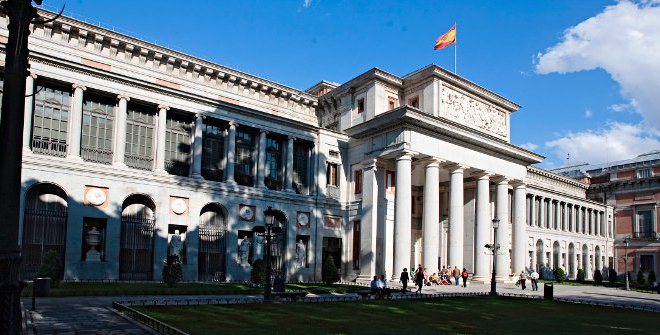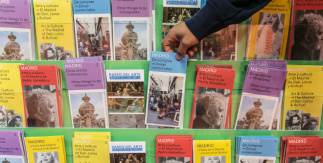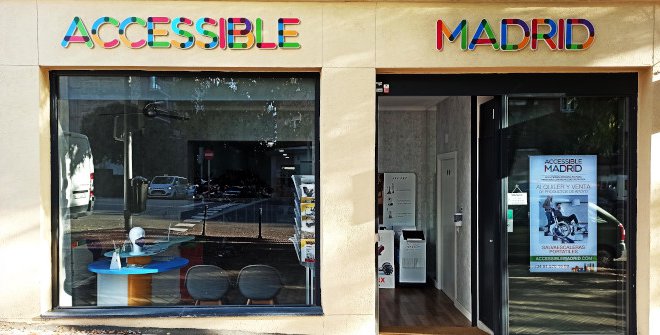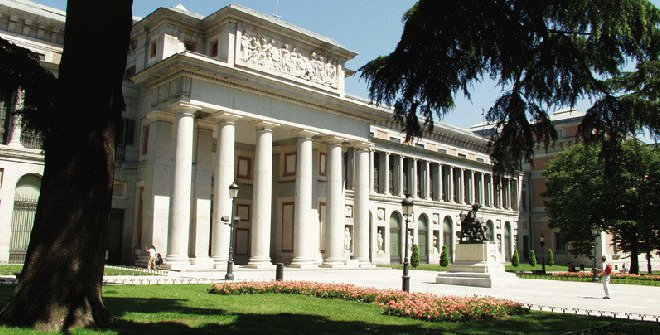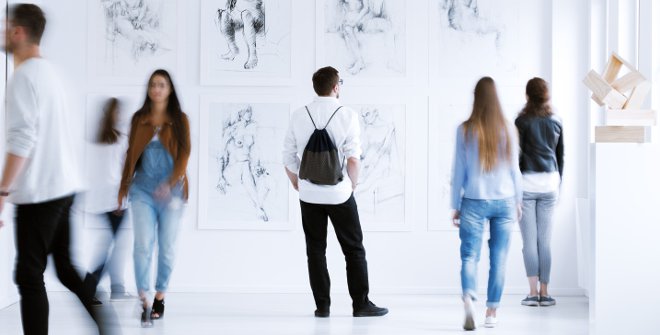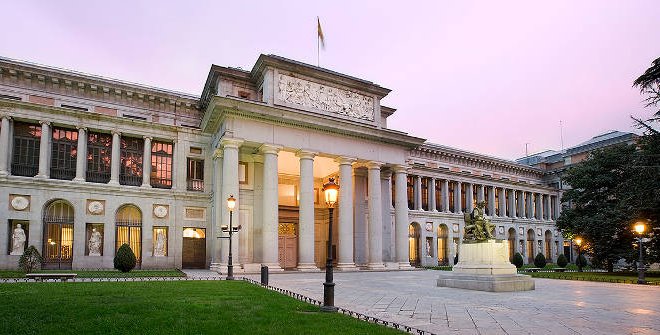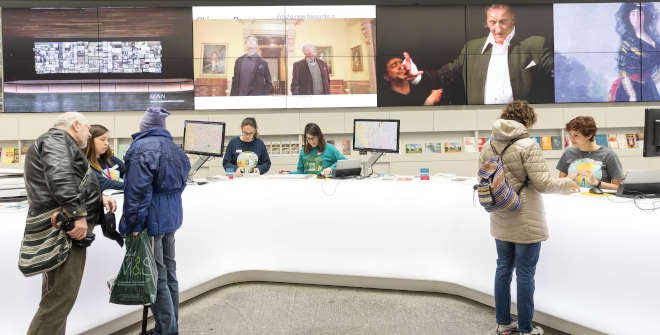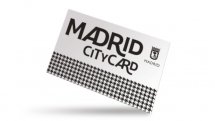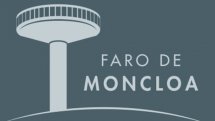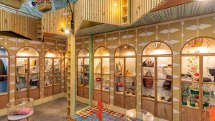Paseo del Arte for disabled visitors
Currently, all audiences, including people who’re blind, partially sighted, hard of hearing, wheelchair users or cognitively impaired, can enjoy Paseo del Arte (Art Walk). The area boasts three major art centres: the Prado Museum, the Reina Sofía Museum and the Thyssen-Bornemisza Museum. All three hold cultural events and put on programmes accessible to everyone. The area encompassed by the Paseo del Prado boulevard and El Retiro park, known as the Landscape of Light, has been declared World Heritage Site in the category of Cultural Landscape.
REDUCED MOBILITY AND WHEELCHAIR USERS
The three museums on Paseo del Arte have adapted their buildings, making them step-free and offering toilets for visitors with disabilities. No architectural barriers are found in the way of wheelchairs in the rooms exhibiting either permanent or travelling exhibitions. Also, disabled visitors are welcomed at the conferences, concerts and other activities held in the museums, which make wheelchairs and walking sticks available to everyone who needs them.
Designated parking spaces can be found in the Goya entrance to the Prado Museum. If you’re a disabled visitor, please call the Visitor Service Centre (902 10 70 77) 48 hours in advance to book your space. Disabled visitors who come to the Reina Sofía Museum in their own vehicles can park them in the Loading bay. They must show the security agent their admission ticket to be allowed to park here. It is necessary to request this service in advance via e-mail: accesibilidad@museoreinasofia.es. As part of the General Accessibility Services at the main site (Sabatini and Nouvel buildings), the Reina Sofia Museum offers:
- Wheelchair loan (request at the Visitor - Information Desk)
- Folding cane seat loan (request at the Visitor - Information Desk)
- Access allowed with push chairs
- Guide dogs and assistance dogs permitted upon presentation of the corresponding documentation
- Toilets adapted for people with reduced mobility
- Toilets with baby changing facilities
- Free admission for persons with disabilities, subject to presentation of the relevant documentation
- Free admission to companions of people with disabilities, provided their accompaniment is essential for this person to visit
At the museum sites in El Retiro Park, guide dogs and assistance dogs are permitted upon presentation of the corresponding documentation. The Glass Palace does not have adapted toilets but if it has an access ramp for people with reduced mobility. Velázquez Palace has an adapted toilet and a lift platform for disabled guests. Press the bell to call the lift.
HEARING-IMPAIRED VISITORS
The hearing impaired persons should be able to participate in many of the activities in the three museums of the Paseo del Arte.
The Prado Museum regularly organizes visits, conferences and itineraries with an interpreter in Spanish Sign Language (LSE) and hearing loops. They can also provide an interpreter in LSE for any activity in the Educational Area. The last 5 rows of the auditorium have a hearing loop for the persons with hearing aid.
Prado also has adapted devices for the visit, like audio guides with hearing loops and Sign-guides, a portable multimedia device that guides you through the 52 masterpieces of the museum with videos in Spanish Sign Language (LSE) and Spanish subtitles.
The Reina Sofía Museum also regularly organizes guided visits in Spanish Sign Language. To make the museum’ activities accessible to the hearing impaired, the museum offers hearing loops and, if requested 15 days prior to your visit the museum, can provide an interpreter in Spanish Sign Language. Other options are the sign-guides with subtitled commentaries and in Spanish sign languages that the museum provides free of charge. Sabatini and Nouvel buildings’ information desks and ticket offices have a permanent system of hearing loops for the users with hearing aid with the “T” position.
The Thyssen-Bornemisza Museum provides the hearing impaired visitors with sign guides with subtitles and Spanish sign language that can also be viewed on their webpage. It also has hearing loops at the information desks, ticket office, audio guides, shop and coat-check.
VISUALLY IMPAIRED VISITORS
The Prado Museum has adapted audio descriptions with a selection of 50 masterpieces so that the visually impaired persons can enjoy a free visit. However, the Museo del Prado does not have podotactile surfaces, so a visit with a seeing companion is advised.
MNCARS offers the visually impaired persons a possibility for a tactile and descriptive visit of several pieces from the collection and organizes tours accompanied by the museums educators with the support by the ONCE Foundation. There are audio guides with audio description and brochures with the information on the Museum in braille. It also admits guide dogs presenting necessary documents.
The Reina Sofía Museum has a long running program of tactile visits Museum by Hand that wishes to bring art closer to the visually impaired persons, using for example the tactile experience of sculpture.
The Thyssen-Bornemisza Museum has also developed several sensorialization programs so that the visually impaired persons can enjoy their permanent and temporary exhibitions.
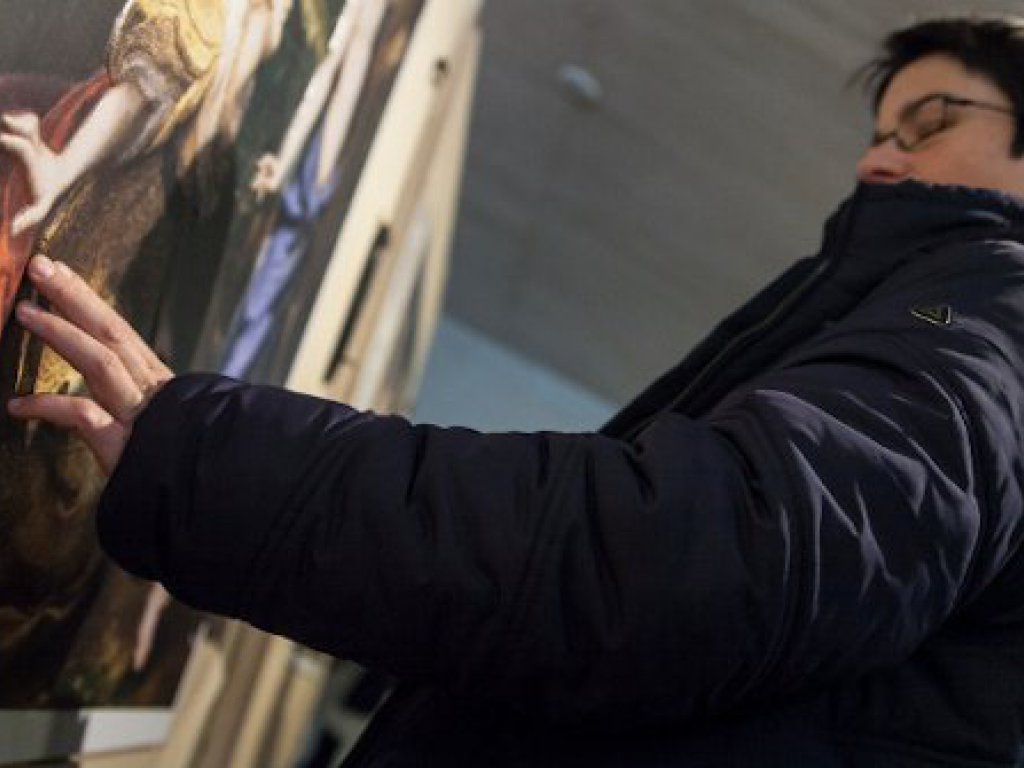
INTELLECTUAL DISABILITY
So that we can all enjoy Paseo del Arte, the three museums organize activities for the groups of persons with intellectual disability.
Prado Museum organizes special activities for the care centers for people with intellectual disability, autism specter (TEA), Alzheimer’s and acquired brain damage.
Every school year MNCARS features different activities and workshops for the Occupational Centers and Special Education Schools.
Thyssen-Bornemisza Museum has special material so that the educators can prepare their visit.
OTHER MUSEUMS
In addition to the three major museums mentioned above, the National Archaeological Museum offers guided tours for groups of visually impaired people. The museum also has interior spaces without architectural barriers, toilets adapted for wheelchairs, tactile stations, magnetic loops, wheelchairs available in the cloakroom, tactile maps of the permanent exhibition and multimedia guides. Consult the accessible plans and leaflets for people with intellectual disabilities.
Apart from the three big museums we mentioned, Paseo del Arte is also home to the most recent one, CaixaForum Madrid. It joins the accessibility policy offering wheelchairs, reserving space in the auditorium, permitting entrance to the guide dogs, offering visits in sign language (with prior reservation at 917879606 or at rcaixaforummadrid@magmacultura.net) and holding educational workshops and guided visits of the exhibition and the building for the persons with intellectual, mental or physical disability (prior reservation is needed).
In terms of physical accessibility, the Sorolla Museum offers wheelchairs for those who can climb the entrance steps to make their visit more comfortable. It is a service that can be requested via e-mail: difusion.sorolla@cultura.gob.es. As part of its sensorial accessibility, the museum has technological resources for the hearing-impaired, such as voice amplifiers for guided visits. It is necessary to request them in advance at the time of making the booking.
The Lázaro Galdiano Museum also has adapted facilities providing physical, hearing and visual accessibility, as does the The Garment Museum, which from the point of view of physical accessibility meets the requirements since most of its public spaces are on the same floor, with no differences in level and with adequate space. It also provides devices that facilitate accessibility to information and enable people with hearing disabilities to participate in Museum activities, such as magnetic loops and sound amplifiers.
Another art gallery that stands out for its accessibility is the Cerralbo Museum, specially adapted for the deaf, hearing impaired and people with reduced mobility. It has two wheelchairs available for the public with reduced mobility or mobility problems; and for the deaf and hard of hearing there is an introductory video on the history of the palace and the Cerralbo family (Video Room) with subtitles in English and Spanish. Consult the Accessible Reading Guide with pictograms.
In terms of physical accessibility, the Museum of Romanticism has a special entrance to facilitate access for people with reduced mobility (in wheelchairs) and has a lift with capacity for a wheelchair, and the route through the exhibition can be done in normal conditions, with the necessary width in the rooms. In terms of sensory accessibility, a magnetic loop is available in visitor service areas.
DON'T MISS
Download free maps and guides to the city to help you plan your trip.
Discover the city's most popular sights and attractions, from one of Europe's largest royal palaces to the magnificent Prado Museum and Real Madrid's stadium.
